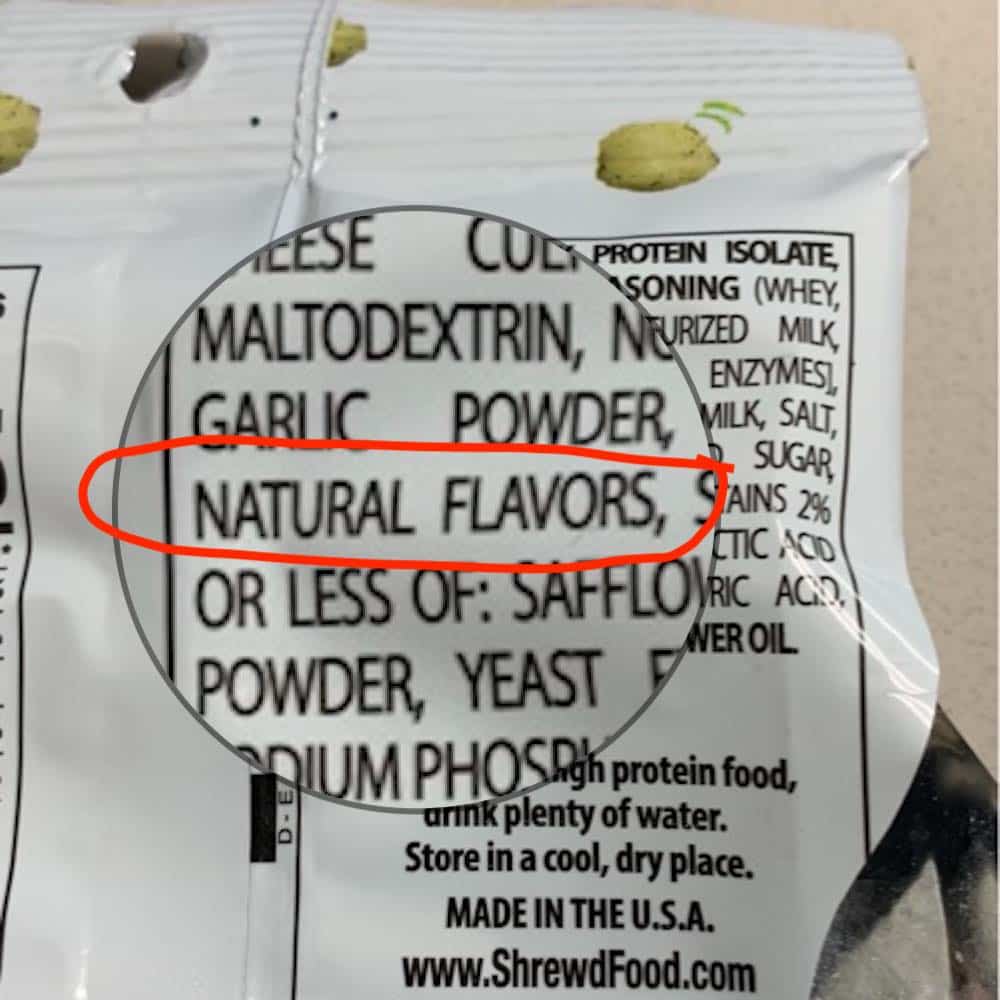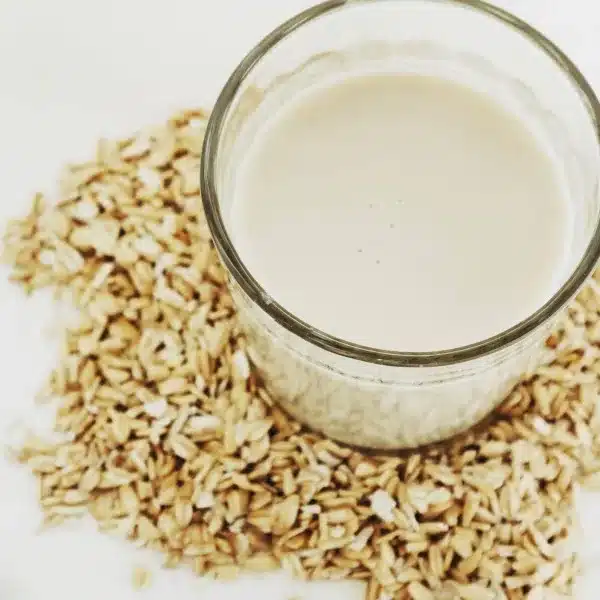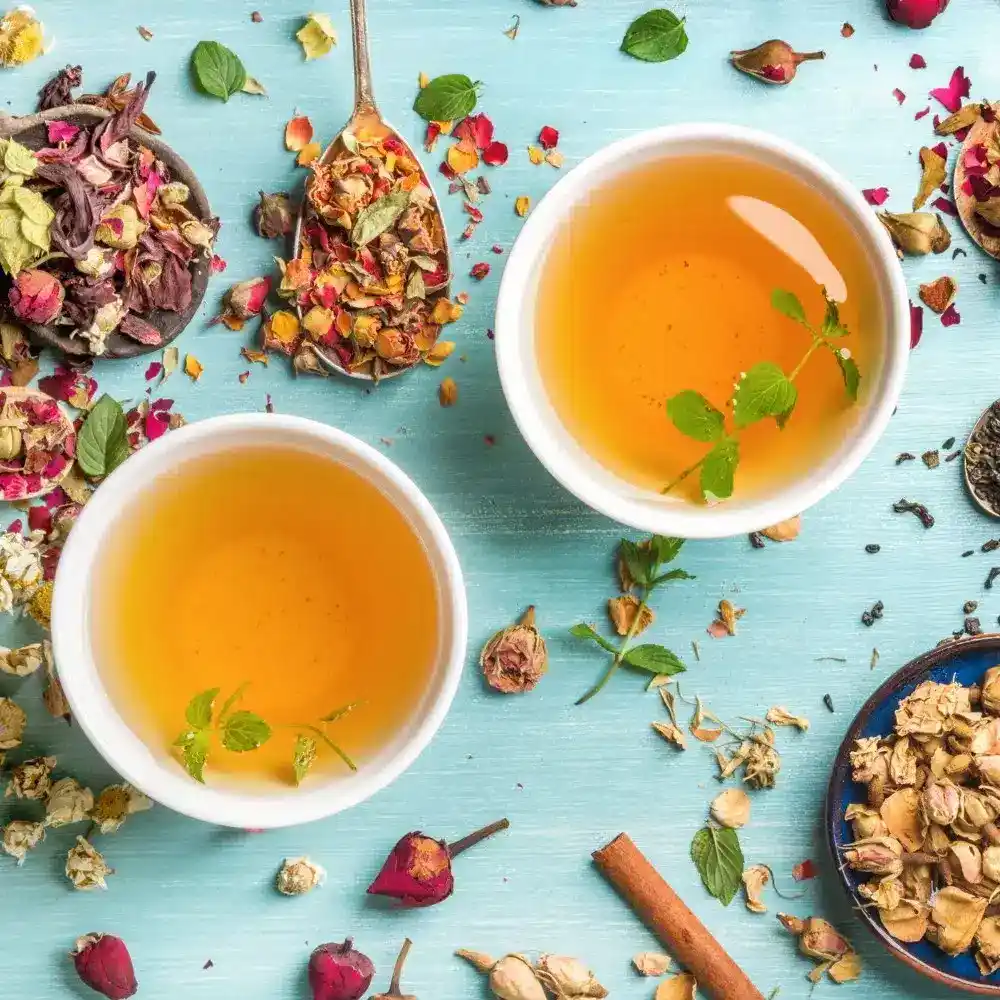Are Natural Flavors Really Natural?
Written by:
Maia James
10/12/2022

Updated: 02/20/2024
Looking for a different guide? Browse them all HERE.
We spend a lot of time food label reading around here, and I suspect that you all do, too! So I wanted to take a moment to discuss “natural flavors,” which are included in many (perhaps most!) packaged foods and beverages.
Natural Versus Artificial Flavors
Chemists make artificial flavors by creating a flavor from synthetic sources. Natural flavors, on the other hand, are oils, resins, or extracts derived from natural sources.
Both natural and artificial flavors may contain emulsifiers, solvents, and preservatives that the manufacturer does not have to disclose on the label. These might be a natural solvent like ethanol butals or they might be synthetic, like propylene glycol. And yes, these additives can be found even in natural flavors!

Should We Avoid Natural Flavors?
The healthiest foods will contain neither artificial nor natural flavors. Still, natural flavors are healthier than artificial flavors, although perhaps only marginally.
(It’s worth noting that natural flavors are more expensive and more damaging to the environment to obtain than are lab-created synthetic flavors.)
Organic Natural Flavors
Some snacks and beverages list “organic natural flavors” on the label. These flavors are added to foods that are certified organic, and as such they must be be produced without synthetic solvents or preservatives. You won’t find toxins like propylene glycol, polysorbate 80, or BHT in organic natural flavors.
So there you have another reason to choose organic foods!
The Bottom Line on Natural Flavors
Unless your diet is comprised of only whole foods, you are going to encounter natural flavors in your food. While these can contain additives that we do not consider Good Stuff, they are still preferable to artificial flavors.
Organic natural flavors are the best bet, as they as are not permitted to contain synthetics of any kind.
The real bottom line? Consumers must demand more transparent labeling. We deserve to know exactly what’s in the foods and drinks we buy for our families.
Stay sane,


Maia, Founder & CEO
Note: This article contains affiliate links or sponsored content, which means that if you make a purchase, we may earn a commission. We only recommend products that meet our strict standards for non-toxicity and that we use (or want to use!) ourselves. Thank you so much for supporting the brands that make Good Stuff!





Leave a Reply
You must be logged in to post a comment.